For his actions on January 12, 1942, near Abucay, Bataan, on the island of Luzon in the Philippines, US Army First Lieutenant Alexander R. “Sandy” Nininger was posthumously awarded the Medal of Honor for “gallantry and intrepidity above and beyond the call of duty.” It was the first Medal of Honor awarded in World War II.
Sandy Nininger was an unlikely hero who defies the stereotypes. He was slight of build, and described by his comrades as being gentle and kind. He enjoyed sports, classical music, and Broadway plays. But there was another side of Sandy. He was concerned about the welfare of others and about doing his duty. He never shied away from a challenge. He loved his country. He exemplified the idea that there was, and is, something extraordinary in American men and women in the service of their country.
Sandy was born in Gainesville, Georgia, in 1918, but also spent a good deal of time at his mother’s old family home in Central Valley, New York. As a boy, Sandy had been in awe of stories of God being ever present, marveled at the Statue of Liberty, and drew inspiration from his ancestors who had served the United States. His grandfather, as part of the 27th US Infantry, had fought in the Indian Wars, and another kinsman was the first governor of Minnesota.
Just across the hills to the east of the town of Central Valley was the United States Military Academy at West Point. One day, a group of cadets came marching past the house. Sandy waved and cheered, and after the cadets passed out of sight, he wanted to know everything about them. His father recalled, “Then and there his mind was made up to go to West Point.”
The Nininger family moved to Fort Lauderdale, Florida in 1926, but Sandy’s interest in West Point and determination did not waiver. He received a Congressional appointment to West Point his senior year in high school, and he entered the United States Military Academy on July 1, 1937.
Sandy had a reputation of being polite, quiet, and gentle, while always showing great interest in the welfare of his comrades. He appreciated art, literature, and classical music, and he deeply immersed himself in his studies. He enjoyed baseball, tennis, and football. At West Point, he played on his company intramural football team. Sandy took distinct pride in the lecture series he coordinated at the academy, which included bringing the first Broadway show there.
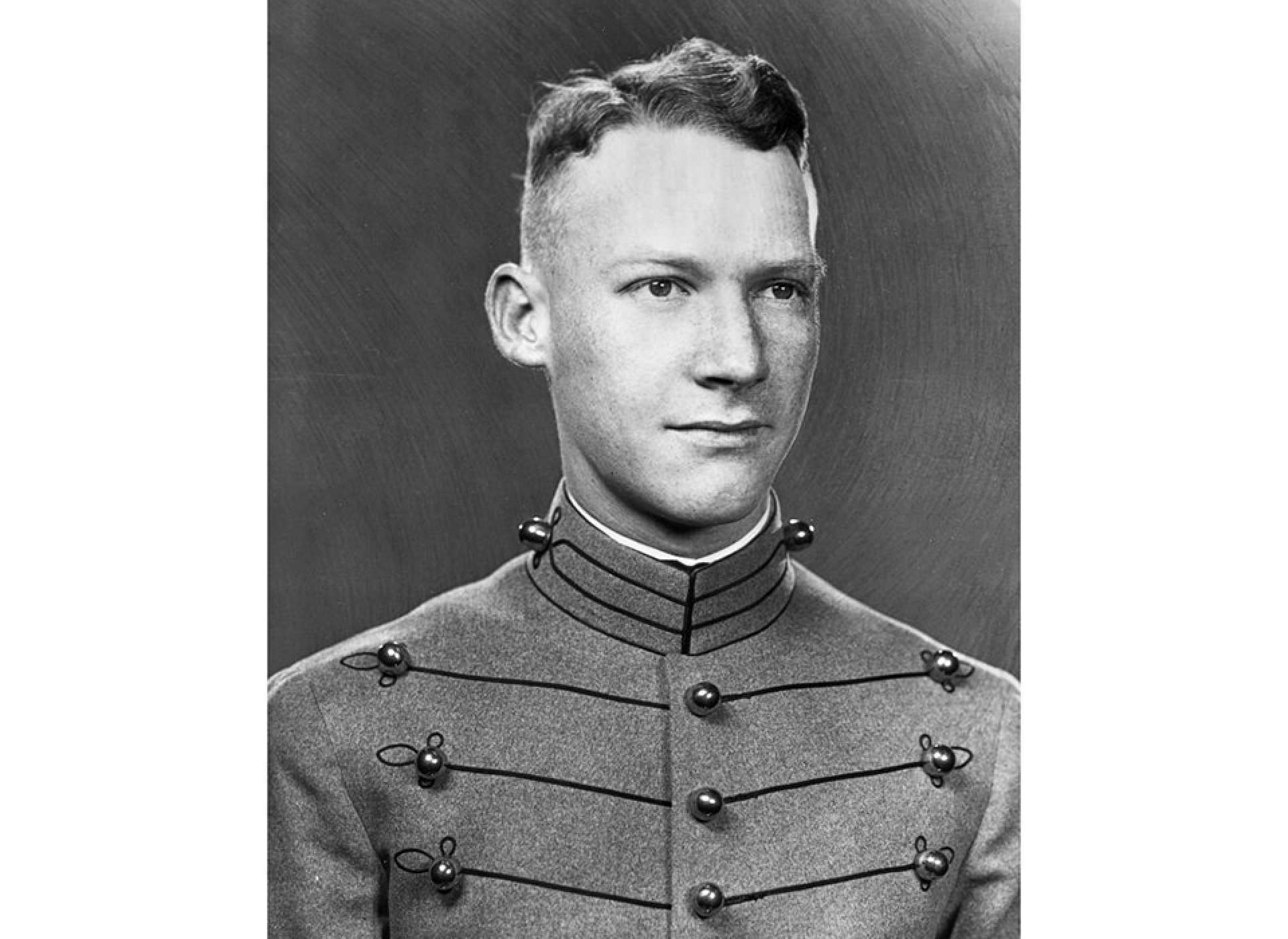
Nininger applied himself as a cadet at the United States Military Academy, graduating near the top of his class. Image courtesy of the Florida State Archives.
It is evident that Sandy also had a strong sense of patriotic duty. A friend once asked him why he wanted to be a soldier and questioned whether he could actually hate and kill someone. Sandy quietly replied, “I would not kill out of hate, but I would kill out of love for my country.”
Graduating near the top of the West Point class of 1941, he was commissioned in the Infantry. Sandy requested service in the Philippines. During a brief leave at home in Florida, his Congressman asked him why he chose duty in the Philippines for his first assignment. The new Lieutenant offered that it was there that he believed he could best serve his country.
Nininger arrived in the Philippines just a short while prior to the Japanese attack on Pearl Harbor and US entry into the Second World War. He was assigned to the 57th Infantry Regiment (Philippine Scouts(PS)). Units designated as Philippine Scouts were part of the US Regular Army, with Filipino enlisted soldiers led by American officers and a few Filipino West Point graduates.
Meanwhile, as Japan moved closer to war with the United States in November 1941, General Hajime Sagiyama, Japan’s Chief of the Army General Staff, and his planners predicted that the Philippines would be conquered in a campaign of 50 days. The Japanese government envisioned that their rapid attack would seize critical resources and also induce the United States, Britain, the Netherlands, and the Chinese to conclude hostilities, ending World War II. As is often the case in wartime, those crucial planning assumptions rested on a poor foundation.
Initially, the Japanese scheme for the campaign seemed to be succeeding. Following the attack on Pearl Harbor, Japanese forces attacked and then invaded the Philippines. Although General Douglas MacArthur issued orders to defend the beaches and not withdraw, those orders quickly became untenable following the destruction of MacArthur’s Far East Air Force (FEAF) and the departure of the US Navy’s Asiatic Fleet Task Force 5 from Manila for Australia.
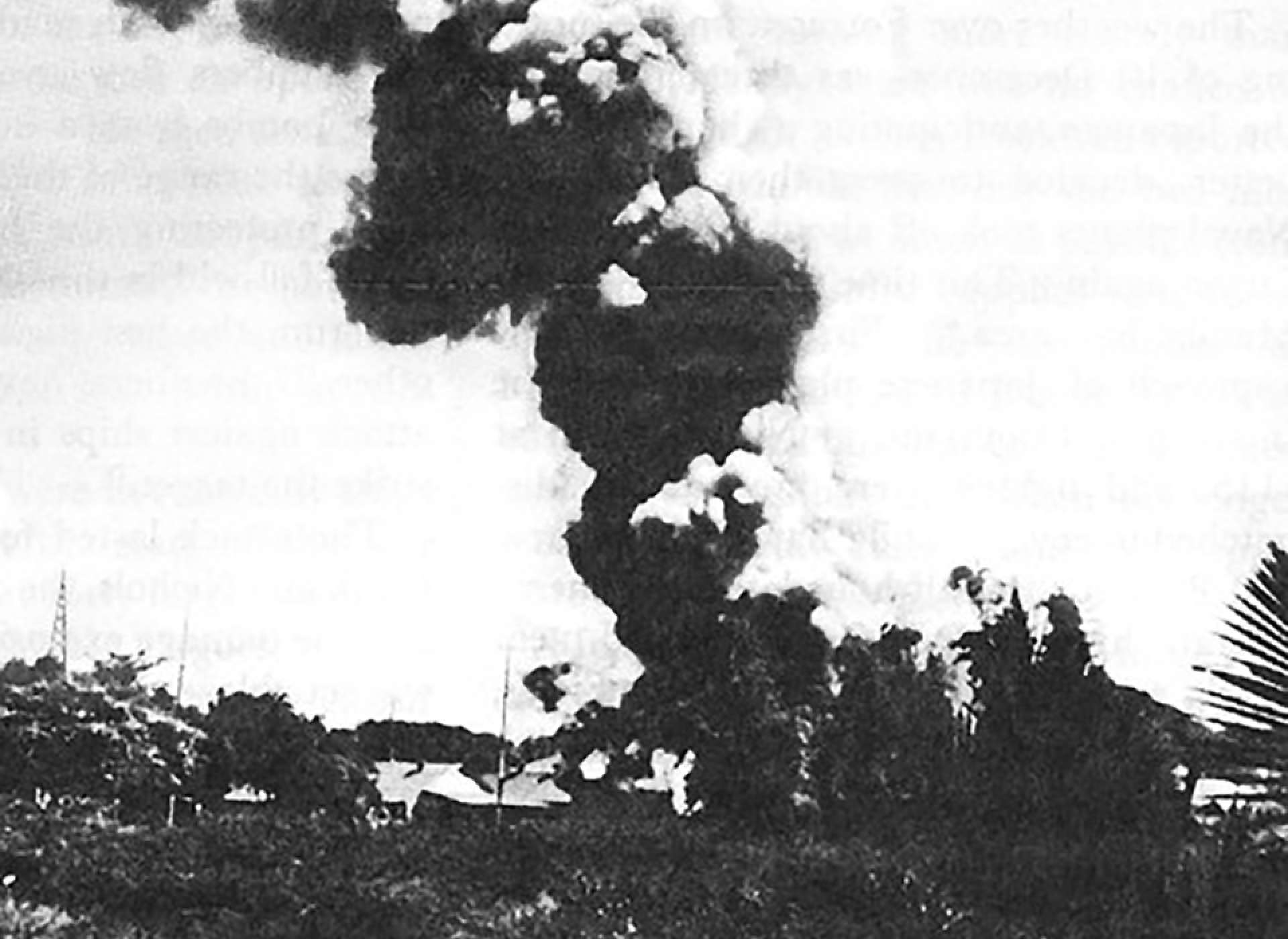
Nichols Field burning after a Japanese air raid, December 10, 1941. Japanese air attacks at Clark, Iba, and Nichols Fields rendered the MacArthur’s Far East Air Force combat ineffective, depriving American and Filipino ground forces of air support throughout the campaign. Image courtesy of the US Army.
Without air cover or any ability to interdict the Japanese convoys, the US forces on the island of Luzon struggled alongside newly mobilized and inexperienced Philippine divisions to defend against the Japanese landings. Major General Jonathan Wainwright, then-commander of the North Luzon forces, noted that on December 13, the Japanese “truly began to hit us” with landings at multiple beaches. There soon followed what Wainwright described as “endless days and nights of killing Japs[sic], getting killed, and withdrawing.”
The next month on Luzon was certainly a harrowing one for Lieutenant Nininger. As a platoon leader in A Company, 1st Battalion, 57th Infantry Regiment (PS) in eastern Luzon, he earned a Bronze Star and the Purple Heart. On December 19, he was promoted to First Lieutenant. That same day he managed to send a brief radio message to his parents, “Well, Merry Christmas, Sandy.” It was the last message his parents received from him.
On the night of December 23, MacArthur gave up all hope of defending forward. He ordered the execution of War Plan Orange-3, the withdrawal of forces on Luzon to the Bataan Peninsula. The American leaders in the Philippines saw the withdrawal to Bataan as a last ditch effort; War Plan Orange-3 was a desperate scheme developed in prewar contingency plans that envisioned holding out until relief and reinforcements arrived from the United States. The situation, however, had not gone to plan after Pearl Harbor. Without air and sea power, the American commanders recognized that any relief was, at best, a dim hope.
With their new orders, the US and Filipino forces on Luzon began their movement south to the Bataan Peninsula. The average distance units had to move was 150 miles. As Wainwright characterized it, “Ours was more withdrawal than retreat, withdrawal with delaying actions all the way.” For the Philippine Scouts from the 26th Cavalry, it was a fighting withdrawal marked by constant-counter attacks and skirmishes in order to buy time for units to establish defenses on the peninsula.
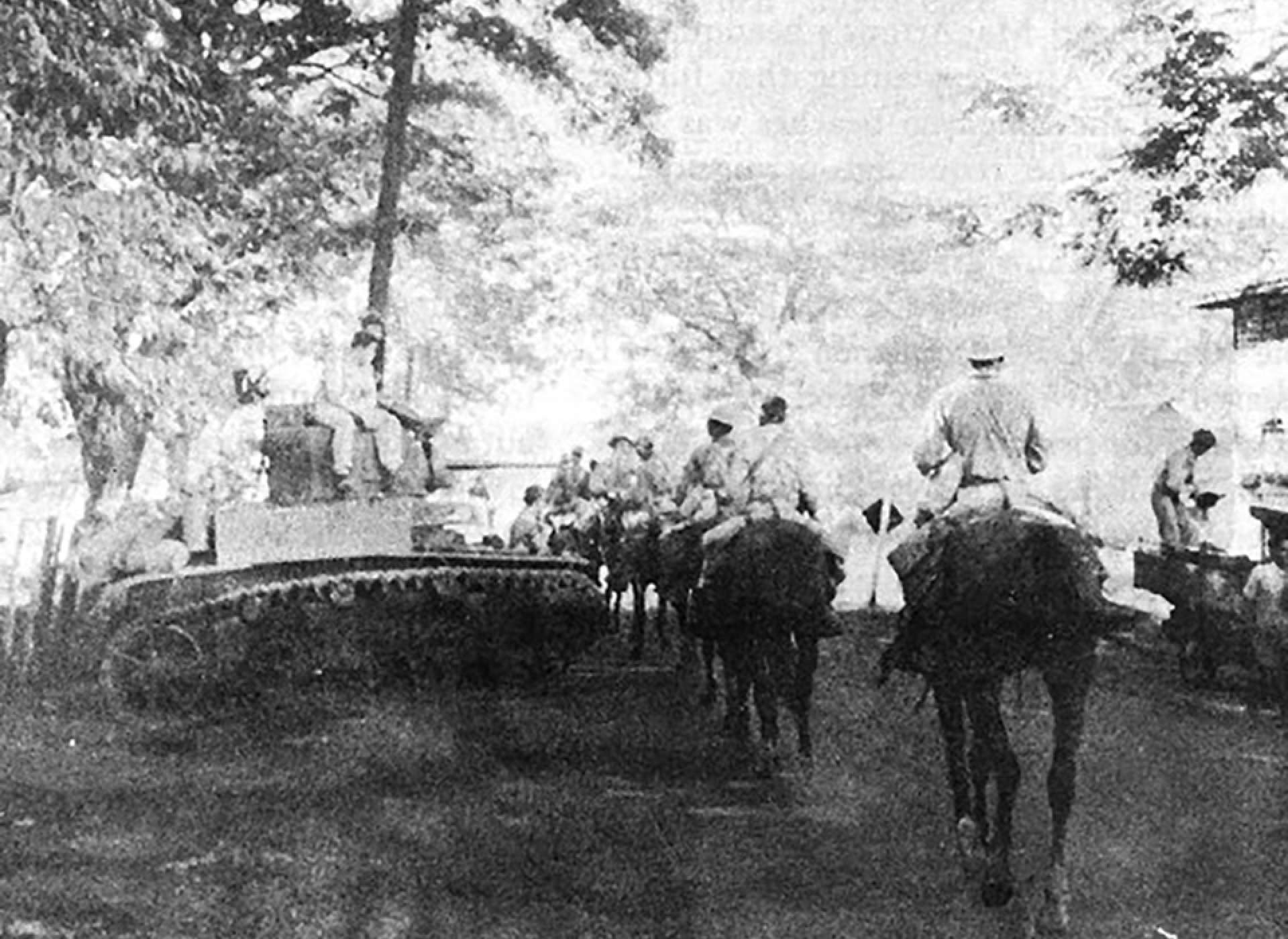
Troopers from the 26th Cavalry Regiment (Philippine Scouts) pass a General Stuart light tank, M3, on Luzon, December 1941. The covering action of the 26th Cavalry bought time for units to withdraw to Bataan and prepare their defenses. Image courtesy of the US Army.
On Bataan, the 1st and 3rd Battalions of the 57th Infantry (PS) formed a vital part of the main line of resistance near Mabatang and Abucay. Running through the regiment’s sector was the one major road into the peninsula. Lieutenant Nininger and his men cleared fields of fire and strengthened their positions, which, according to the regimental commander Colonel George S. Clarke, “enabled them to repulse Jap[anese] attacks night after night.” Concerning Nininger, Colonel Clarke recalled that “his attitude struck me as a soldier who at last was doing the job he had been trained to do.”
Having had little success in those attacks against the 1st Battalion, the Japanese then turned against the 3rd Battalion on the evening of January 11. Fighting through the night, the 3rd Battalion seemingly managed to hold on to its positions. The following morning, however, the troopers discovered that K Company’s position had been ruptured. As a result, a large number of Japanese snipers had infiltrated the 3rd Battalion’s sector during the attack.
From camouflaged positions in the sugar cane and mango groves, the snipers and infiltrators killed and harassed soldiers of the 3rd Battalion throughout the day. Headquarters quickly came to the realization that unless it was quickly eliminated, the breakthrough threatened the viability of the entire defensive line on Bataan. The outcome of the campaign hung in the balance.
In response, the 57th Regiment organized several sniper hunting parties to remove the threat and prepare the way for a counter attack. Lieutenant Nininger volunteered to lead one of the teams.
Colonel Clarke reported that going forward, Nininger “was loaded down with grenades and with a Garand rifle slung over his shoulder.” Under his arm Sandy carried a captured Japanese submachine gun.
Advancing, Nininger shot one sniper out of a tree. Drawing heavy enemy fire, he began throwing grenades from the satchel he carried. The soldiers of Company K later reported 20 enemy killed from those grenades.
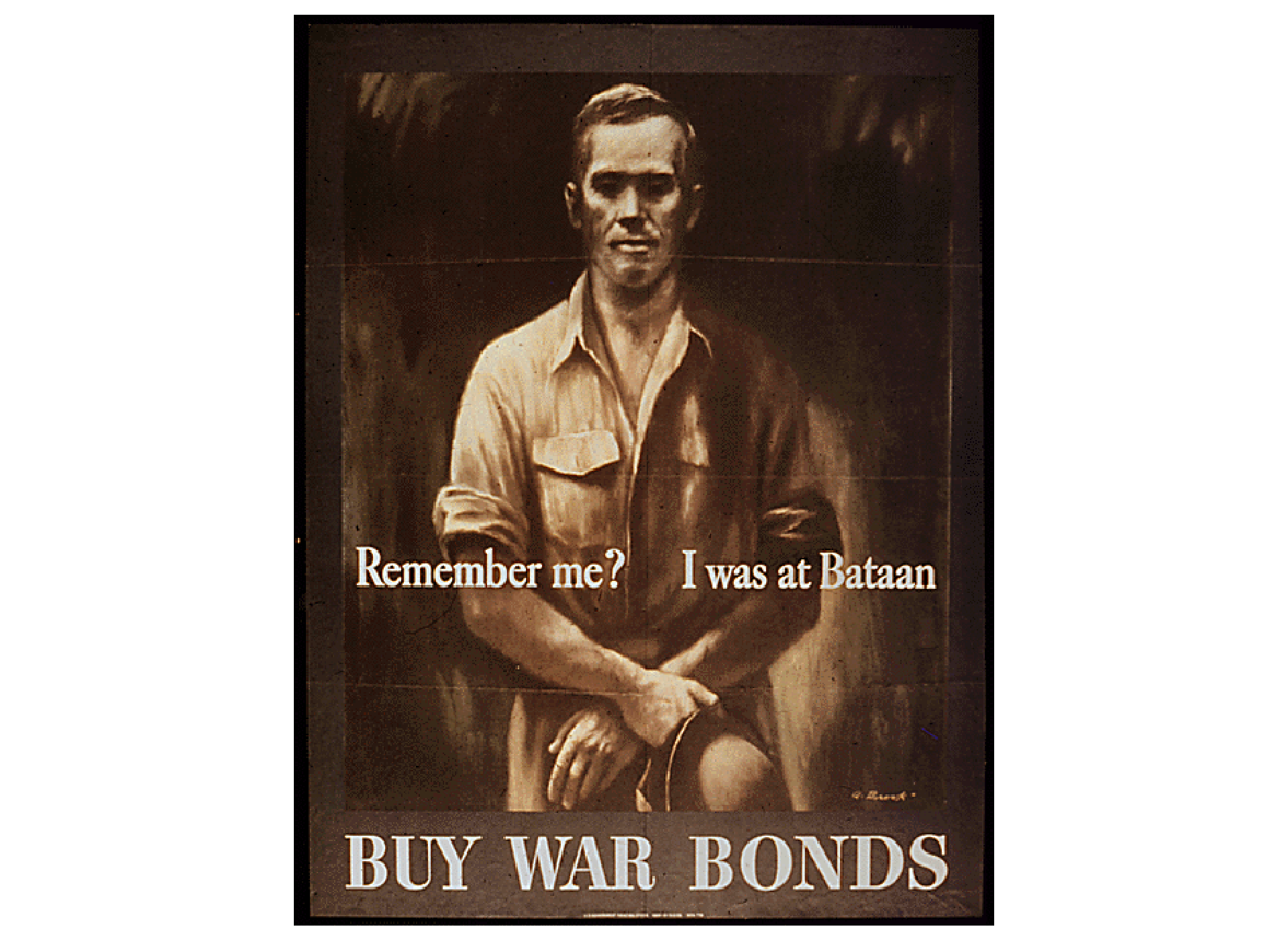
Evoking the sacrifice of Lieutenant Nininger, an Office of War Information poster by Alexander Brook urged the American public to buy war bonds. Image courtesy of National Archives, 515292.
Alerted to the American counterattack, enemy artillery began to lay down a tremendous barrage. Although the men around him became casualties of the enemy rifle, machine gun, and artillery fire, Nininger continued to move forward.
Having expended his ammunition, he resorted to his bayonet. In the hand-to-hand fighting that followed, Nininger was wounded three times. Although staggered by the loss of blood, he pressed the fight.
One American officer reported that three Japanese soldiers then charged Nininger. The Lieutenant, somehow, managed to parry their attack before falling to the ground from exhaustion. Exploiting Nininger’s initiative, the regimental counterattack by the 2nd Battalion re-established the line. In the aftermath of the attack, his comrades found Sandy’s lifeless body. The bodies of a Japanese officer and two enemy soldiers lay nearby.
Colonel Clarke assessed that Nininger’s “action acted like a tonic on the men around him, and added greatly to the success of our counter attack.” His company commander opined that, had it not been for Nininger’s patrol action enabling the counter attack and inspiring the troops, “the entire Bataan campaign would have ended in January instead of three months later.”
Based on the reports from the commanders of L and M Companies and the survivors of K Company who witnessed the events, Colonel Clarke recommended Nininger for the Medal of Honor for his actions that day.
The regiment held funeral services for Sandy in the nearby village. Wrapped in a scrap of tent canvas, his body was buried in a hasty grave in the church yard at Abucay. On January 29, 1942, President Franklin D. Roosevelt bestowed the Medal of Honor upon Lieutenant Nininger. The award was presented to his father in a ceremony on February 10 at 3rd Air Force Headquarters, MacDill Field, Tampa, Florida.
For the soldiers of the Philippine Scouts and the other American and Filipino troopers on Bataan, the nightmare was not over. The Japanese attacks continued and the units on Bataan doggedly fought and fell back. Plagued by Japanese attacks, disease, and a lack of food and ammunition, the force on Bataan surrendered on April 9, 1942. Ahead of them was the ordeal of the Bataan Death March and, for those who survived, the starvation and horrors of Japanese prison camps.
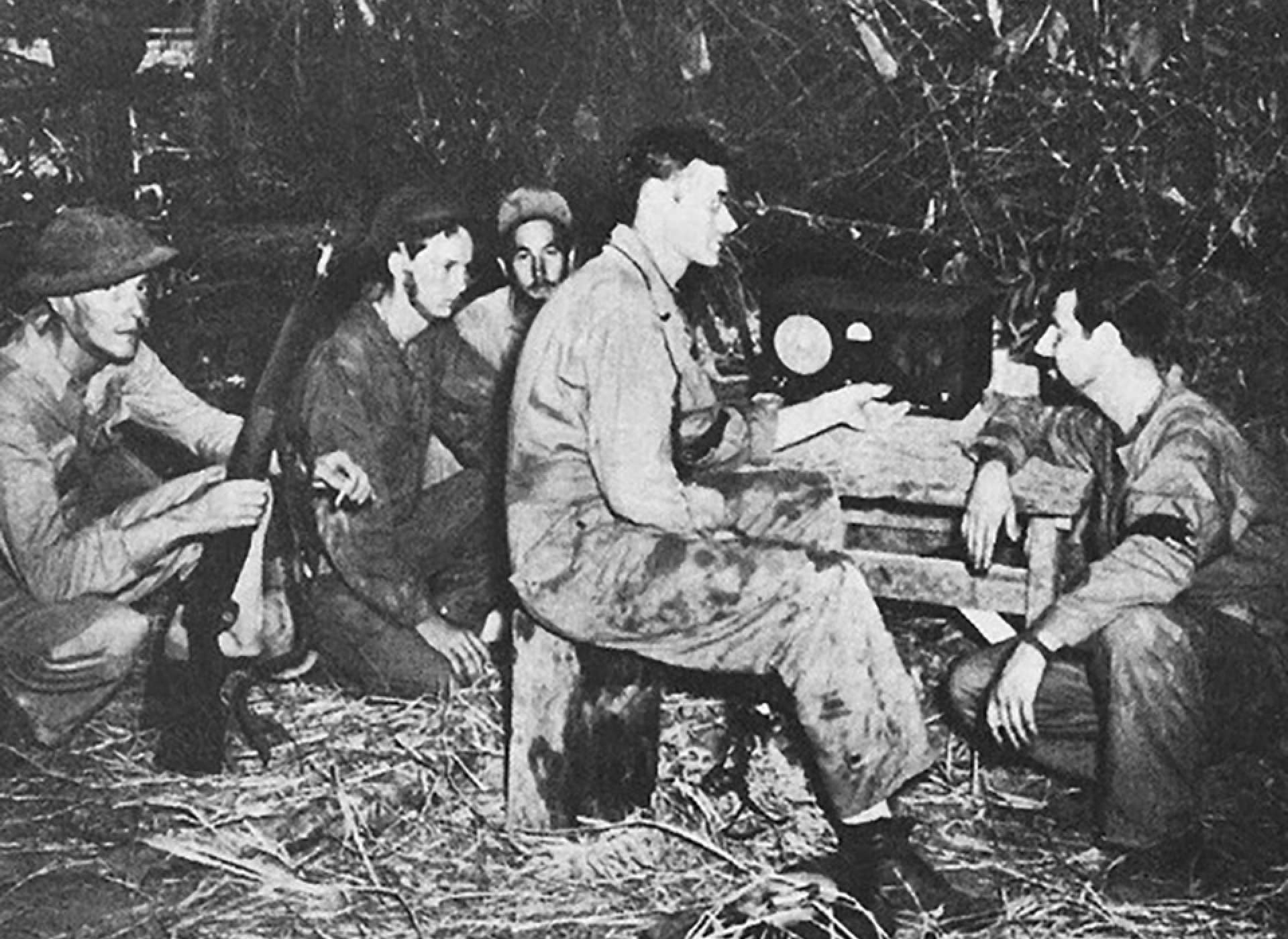
Plagued by Japanese attacks, disease, and lack of food and ammunition, American and Filipino soldiers on Bataan, pictured here between combat actions listening to a radio program, fought months longer than their adversaries assumed was possible. Image courtesy of the US Army.
The last of MacArthur’s defenses in the Philippines, the fortified island of Corregidor, fell to the Japanese on May 6, 1942. In a final communique to General MacArthur from Corregidor, Lieutenant General Wainwright reported:
I feel it is my duty to the nation and my troops to end this useless slaughter. There is apparently no relief in sight. American and Filipino troops have engaged and held the
enemy for nearly five months….
We have done our full duty for you and for our country.
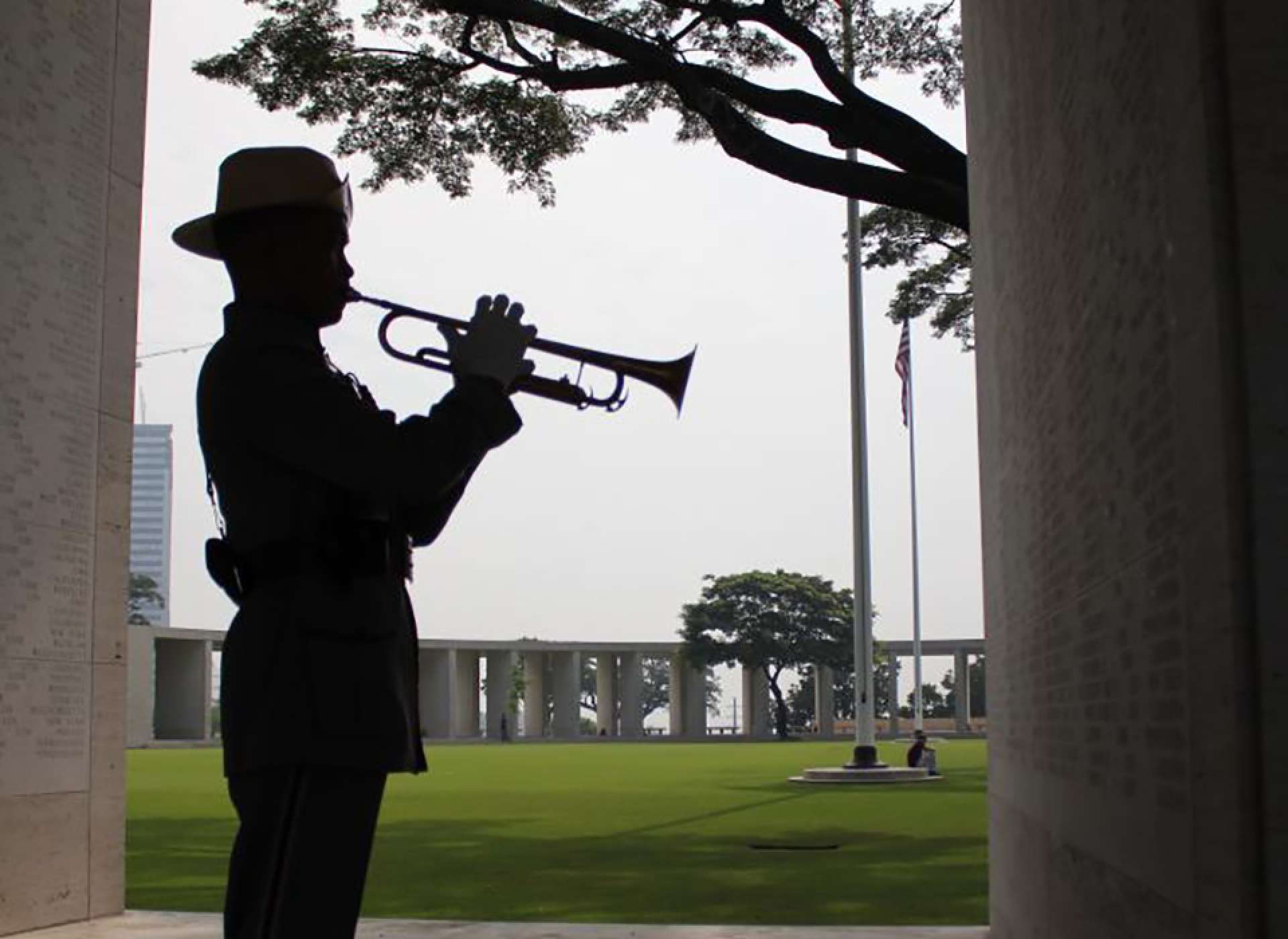
During the Memorial Day ceremony in 2013, a bugler plays taps amidst the names inscribed on the Walls of the Missing. Image courtesy of ABMC.
Sandy Nininger’s old company commander took a similar tone. He had endured years in a Japanese prison camp after Bataan and felt compelled to write Sandy’s parents after he was released. He offered,
Your son’s character was faultless. Never have I met anyone who could bear the hardships of war more cheerfully. Never have I encountered one whose attention to detail was greater, or whose performance of tasks assigned was better…. He wanted to be regarded above all other considerations, as a man fulfilling West Point’s guiding motto; Duty, Honor, Country.
Prior to Pearl Harbor, the Japanese Army General Staff assumed that they would bring the Second World War to a successful conclusion after a flurry of short and decisive campaigns. Misjudging American resolve and will, they anticipated that the American-led defense in the Philippines would not last more than 50 days. Ultimately, the character, professional competence, valor, and sacrifice of Lieutenant Sandy Nininger and his comrades rendered Japanese assumptions invalid and, in the words of Wainwright, “upheld the best traditions of the United States and its Army.”
Michael S. Bell, PhD
Mike Bell is the Executive Director of the Institute for the Study of War and Democracy.
Cite this article:
MLA Citation:
APA Citation:
Chicago Style Citation:
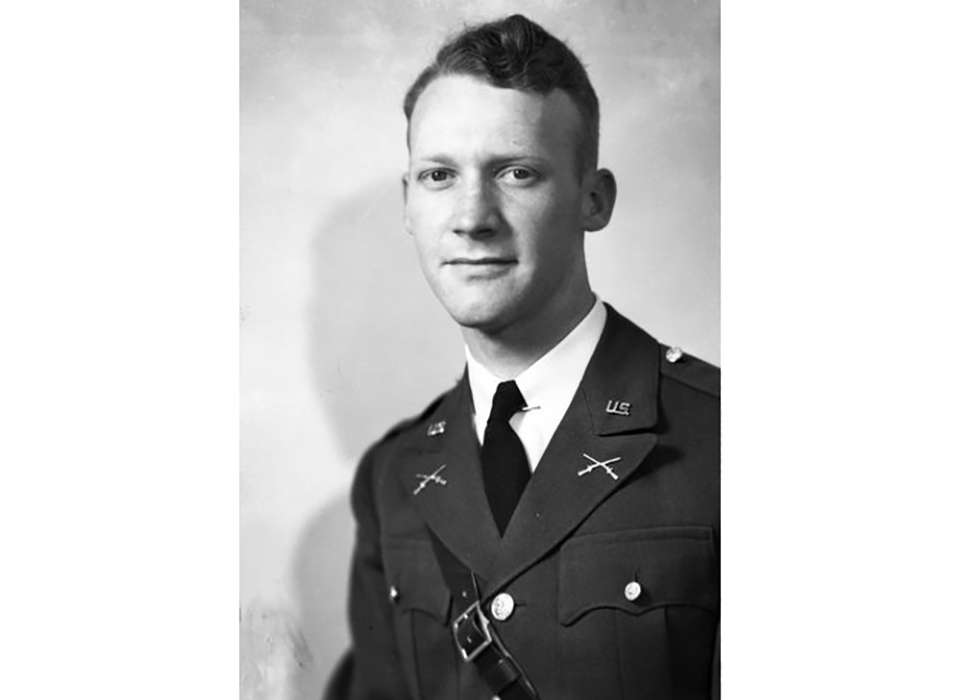

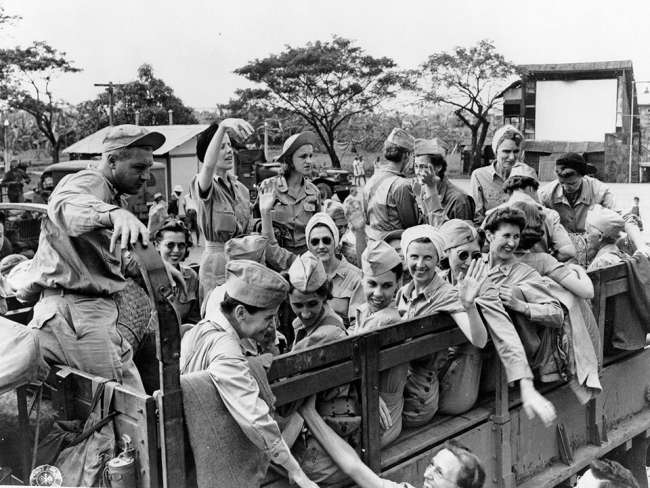
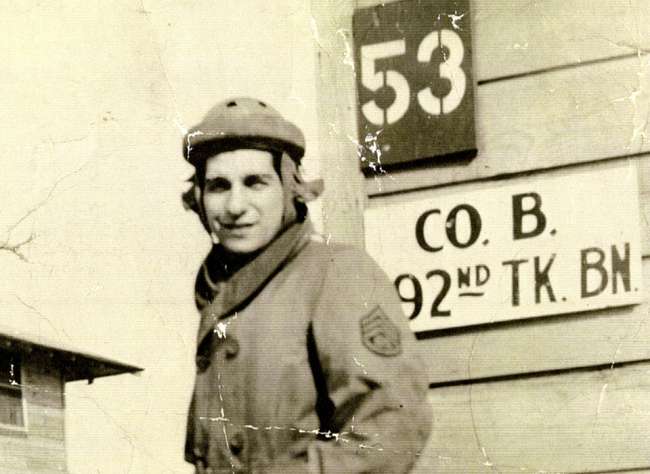



![Max Fuchs, New York City cantor, sings as Rabbi Sydney [sic] Lefkowitz, Richmond, VA, conducts the first Jewish services from Germany.](/sites/default/files/styles/max_650x650/public/2025-10/image1.jpg)



